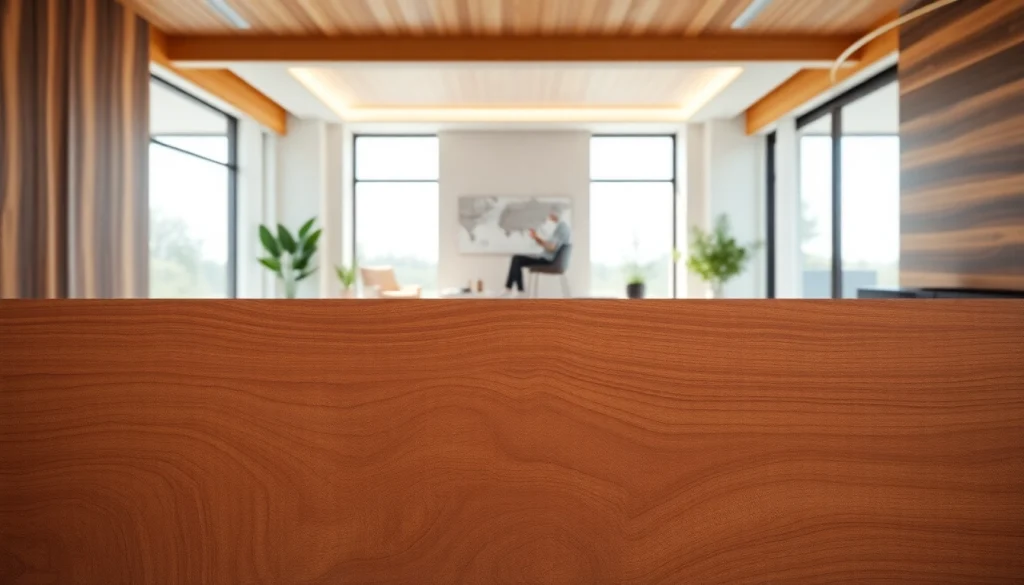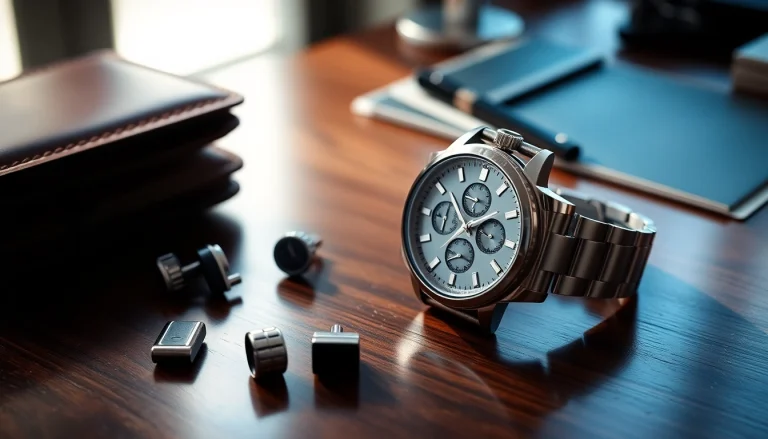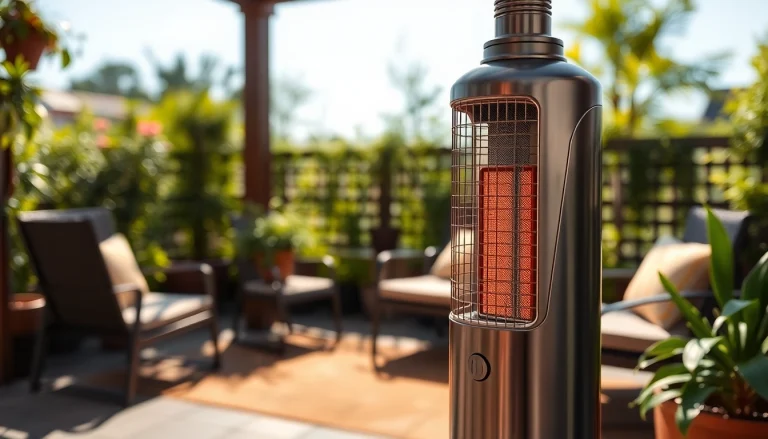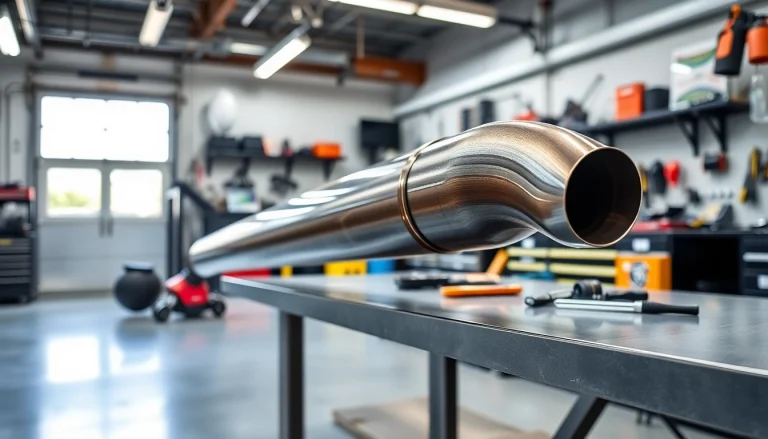
Understanding Furniture Veneer
What is Furniture Veneer?
Furniture veneer refers to thin slices of wood or other materials that are affixed to surfaces, particularly for aesthetics and functionality. This technique allows manufacturers to use less expensive materials while still delivering the appearance of solid wood. Originating from ancient woodworking techniques, the contemporary use of furniture veneer has grown exponentially, making it a staple in modern furniture design.
Benefits of Using Furniture Veneer
The use of furniture veneer in woodworking comes with a multitude of benefits. Firstly, it reduces costs. By applying a veneer to a core structure made of cheaper materials, manufacturers can create pieces that look high-end without the associated price tag. Additionally, veneers can be applied to curved shapes that solid wood cannot accommodate. This flexibility allows for unique design possibilities.
Moreover, furniture veneers tend to be more environmentally sustainable, as they make optimal use of timber resources and minimize waste. Veneers are also noted for their lighter weight compared to solid wood, making furniture easier to handle and move.
Common Types of Furniture Veneer
Several types of furniture veneer exist, each offering distinct aesthetics and functionalities. Natural wood veneers, derived directly from wood species, provide a classic appearance. Some popular options include oak, walnut, maple, and cherry veneers.
Reconstituted veneer, created from engineered sources, is another option. This versatile material can mimic the look of rare woods while serving as a sustainable alternative. Additionally, high-pressure laminates (HPLs) can mimic the appearance of a wooden surface while offering enhanced durability and resistance to scratches and heat.
Factors to Consider When Choosing Furniture Veneer
Durability and Maintenance of Furniture Veneer
When selecting furniture veneer, durability is paramount. In high-traffic areas, thicker veneers tend to offer better resistance to wear and tear. Moreover, surface finishes play a critical role in a veneer’s longevity. Options such as polyurethane coatings can enhance durability while also adding a protective layer against moisture and stains.
Maintenance is also a crucial consideration. Regular cleaning with a soft cloth can preserve the veneer finish. Keeping the environment stable in terms of humidity and temperature can prevent warping. Additionally, avoiding harsh chemicals can help to maintain the surface integrity.
Matching Furniture Veneer with Your Design Style
Choosing the right veneer can significantly impact the overall aesthetic of a space. For a modern design, lighter woods such as birch or ash can create a clean, airy look. Conversely, richer, darker woods like mahogany or walnut may be more suitable for traditional styles, evoking warmth and elegance.
Furthermore, consider the finish of the veneer. Gloss finishes provide a contemporary feel, while matte finishes can evoke a more rustic and subdued ambiance. Fortunately, the versatility of veneers means they can be easily matched with various decorative elements, ensuring seamless integration into any design theme.
Budget Considerations for Furniture Veneer
Budget plays an essential role in the choice of furniture veneer. While natural wood veneers tend to be more expensive, they offer authenticity and distinctiveness, often reflecting the craftsmanship of high-quality furniture. In contrast, synthetic veneers provide a more cost-effective solution while still offering aesthetic appeal.
It’s essential to evaluate overall costs, including installation and maintenance expenses. Budget-conscious consumers should also factor in the longevity of the veneer, as higher-quality options may require a higher initial investment but lead to savings over time due to less frequent replacement or repairs.
Application of Furniture Veneer in Home Design
Using Furniture Veneer in Living Rooms
The living room serves as a focal point in many homes, making the choice of furniture veneer particularly significant. Designers often employ veneers to create striking entertainment centers, coffee tables, and bookshelves. These pieces not only provide functionality but can also serve as artistic statements that enhance the room’s aesthetics.
For example, a walnut veneer coffee table paired with light-colored upholstery can offer a stunning contrast that draws attention without overwhelming the space. Furthermore, the use of textured veneers can add depth, creating a sense of luxury and sophistication.
Furniture Veneer for Kitchen Designs
In kitchen design, furniture veneer plays a crucial role in cabinetry. When applied properly, veneer can elevate the kitchen’s look, offering a mix of modern and traditional styles. Choosing a wood veneer that complements countertops and flooring is essential for creating a cohesive appearance.
Additionally, moisture resistance is a significant consideration, especially in kitchens. Opting for high-quality finishes on wood veneers can ensure longevity and prevent peeling or warping due to humidity. Incorporating open shelving with veneers can also serve both functional and aesthetic purposes, providing storage while showcasing decorative items.
Incorporating Furniture Veneer in Bedrooms
In the bedroom, furniture veneer can significantly impact the overall ambiance. Bed frames, nightstands, and dressers crafted from wood veneer can evoke a sense of tranquility and elegance. Choosing lighter veneers can help create a spacious feel, while darker options can add intimacy to the environment.
It’s also essential to consider the way light interacts with the veneer. Glossy finishes can enhance light reflection, making a space feel brighter, while matte finishes provide a subdued sensitivity that promotes relaxation.
Best Practices for Installation of Furniture Veneer
Preparing Surfaces for Furniture Veneer
Proper surface preparation is crucial for the successful installation of furniture veneer. Ensure that surfaces are clean, dry, and smooth to ensure strong adhesion. Any imperfections should be sanded down, and existing finishes stripped away if necessary. This preparation helps to avoid bubbles and ensure that the veneer adheres evenly.
Using a pressure-sensitive adhesive can help in applying veneer, providing a strong bond that can last for years. Be sure to test on small areas if using new adhesives to ensure compatibility with the veneer material.
Tools Required for Furniture Veneer Installation
Installing furniture veneer requires specific tools for a clean and effective process. Essential tools include a sharp utility knife or veneer saw, a straight edge, a roller for applying pressure, and a veneer clamp or weighted items to secure it during drying. An adhesive applicator and a damp cloth are also necessary for cleanup in case of any excess glue.
Investing in high-quality tools can greatly ease the installation process, ensuring precision cuts and even surfaces that enhance the final appearance of the furniture.
Common Mistakes to Avoid with Furniture Veneer
Even experienced DIY enthusiasts can make mistakes when working with veneer. One common error is improper measuring and cutting, which can lead to waste or imperfect seams. Providing accurate measurements and taking your time with cuts is vital.
Another frequent mistake lies in the application of adhesive. Applying too much can lead to overflow and unsightly messes, while too little may result in weakened adhesion. Relying on proper tools and techniques can mitigate these risks, ensuring a successful finish.
Evaluating Performance after Installing Furniture Veneer
How to Care for Your Furniture Veneer
After your furniture veneer has been installed, caring for it properly is crucial for maintaining its integrity and appearance. Regular dusting and cleaning with a soft, damp cloth can prevent dirt and grime accumulation without scratching the surface. Avoid using overly wet cloths to prevent moisture damage.
In addition to cleaning, it’s advisable to apply a maintenance product specifically made for wood finishes periodically. These products can rejuvenate laminates and enhance the durability of the coating.
Signs of Wear and Tear on Furniture Veneer
Despite its durability, furniture veneer can show signs of wear over time. Look for scratches, discolorations, or areas of delamination as indicators that the veneer may require attention. Fading can also occur from prolonged exposure to sunlight.
Regular inspections can help you catch these issues early on. Keeping the environment stable in terms of humidity and temperature can minimize damage and prolong the life of your veneer.
When to Replace Furniture Veneer
Understanding when to replace furniture veneer is essential to maintaining a beautiful living space. If the veneer exhibits extensive cracking, peeling, or is excessively worn, it may be time for replacement. Additionally, if you continually struggle with maintenance or cleaning, replacing the veneer may restore the item’s appeal.
Replacement is also a more sustainable decision in the long run than attempting to repair excessively damaged veneer. A new application can introduce fresh aesthetics to furniture while retaining the underlying structure.





